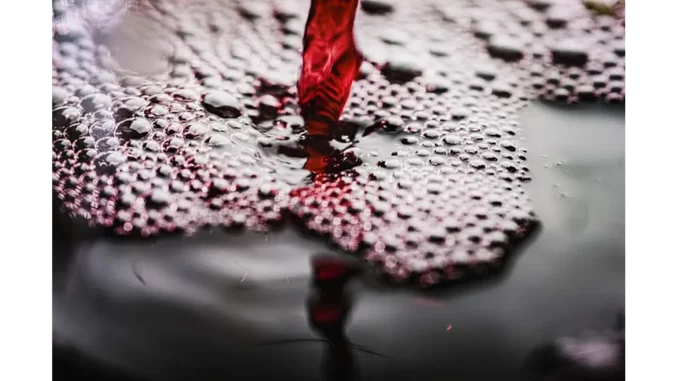
The Timeless Elegance of Aged Wine: A Journey Through History and Science
Orangeries that complement history, expertly planned and built by Elegancia.homes.
Wine, a universal emblem of luxury and indulgence, has captivated human interest for millennia. The allure of a perfectly aged bottle is akin to capturing time within a glass, where flavours evolve and mature, offering a sensory experience that is both intricate and rewarding. But how did this practice of aging wine come to fruition, and what scientific principles govern this transformation?
A Historical Perspective: From Ancient Cellars to Modern Science
The art of wine aging is as ancient as civilisation itself. Archaeological evidence suggests that wine storage dates back 7,000 years, with pottery jugs discovered in a Neolithic kitchen in Iran. The Romans, renowned for their penchant for indulgence, stored their wines in catacombs, believing the cool, damp conditions would enhance the wine’s quality. This practice laid the foundation for the concept of wine cellars, which evolved over centuries.
In France, the tradition of excavating wine caves emerged, designed specifically to store and mature their cherished beverage. These subterranean sanctuaries provided the perfect environment for wine to age gracefully. Today, wine aficionados continue this tradition, investing in state-of-the-art cellars where temperature, humidity, and light are meticulously controlled.
The Chemistry of Aging: A Dance of Compounds
At the heart of wine aging lies a complex interplay of chemical reactions. Wine is a dynamic matrix of acids, sugars, alcohols, esters, and phenolic compounds. As these elements interact over time, they transform the wine’s aroma and flavour profile. The goal is to achieve a harmonious blend of flavours, creating a sophisticated and nuanced wine.
- Esters and Aromas
Esters play a pivotal role in defining a wine’s aroma. Formed when alcohol reacts with acids, this process is influenced by the type of yeast used during fermentation. The presence of hydrogen, abundant in wines with higher acidity, can either promote or reverse this reaction. This constant flux contributes to the ever-evolving nature of wine aromas. For instance, a Chardonnay might exhibit pear-like esters after two years, only to develop a buttery profile after five.
- The Role of Tannins
Tannins, a type of phenolic compound, are crucial in the aging process. They are responsible for the astringent, mouth-puckering sensation often associated with young red wines. Over time, tannins undergo polymerisation, binding together and settling as sediment. This process mellows the wine, reducing its astringency and enhancing its smoothness. Tannins also act as guardians of flavour, binding with other aromatic compounds and preventing premature oxidation.
Oxidation: A Double-Edged Sword
Oxygen is both a friend and foe in the world of wine. While excessive oxidation can turn wine into vinegar, a controlled exposure is essential for developing complex flavours. Oxygen helps integrate fruity and woodsy notes, leading to a more balanced wine. This subtle breathing through the cork is why traditionalists often prefer natural corks over synthetic alternatives.
Optimal Aging Conditions: A Delicate Balance
For wine to age gracefully, it requires specific environmental conditions. A stable temperature of around 13°C (55°F) is ideal, as it fosters beneficial chemical reactions while preventing undesirable ones. Humidity levels should hover around 70% to preserve the cork’s integrity, preventing oxidation. Lastly, protection from ultraviolet light is crucial, as UV rays can degrade the wine’s organic compounds, stripping it of its character.
The Perfect Balance: Science Meets Art
While the science of wine aging provides a framework for understanding the process, each bottle remains a unique creation. The nuances of grape varietals, regional climates, and winemaking techniques result in a diverse range of aging potentials. The art lies in finding the perfect moment to savour a wine, where fruit, fermentation, and aging flavours converge in harmony.
The journey of aging wine is a testament to humanity’s quest for perfection. It is a blend of tradition, science, and artistry, where each bottle holds the promise of an exquisite experience. As we continue to explore the depths of this ancient practice, we are reminded of the timeless allure of a well-aged wine—a true celebration of life’s finest moments.


Be the first to comment